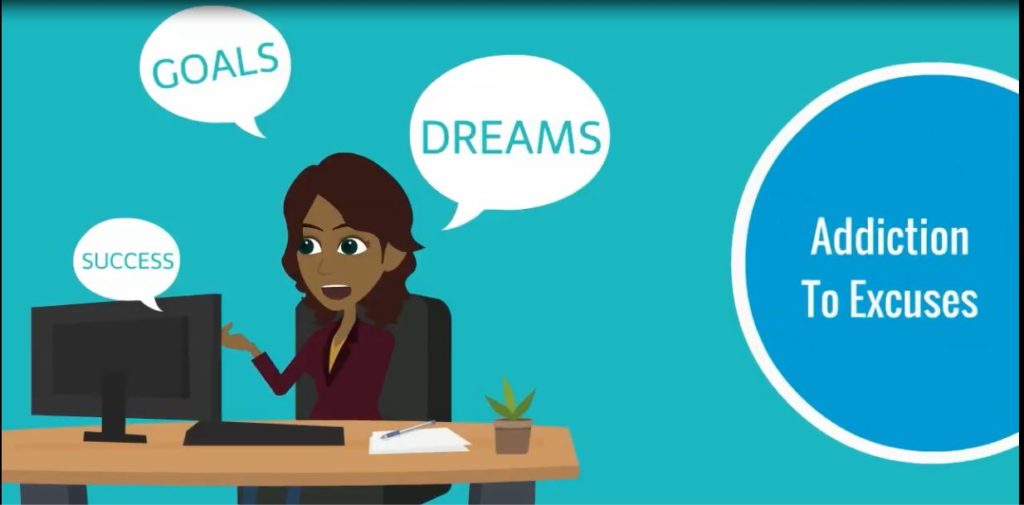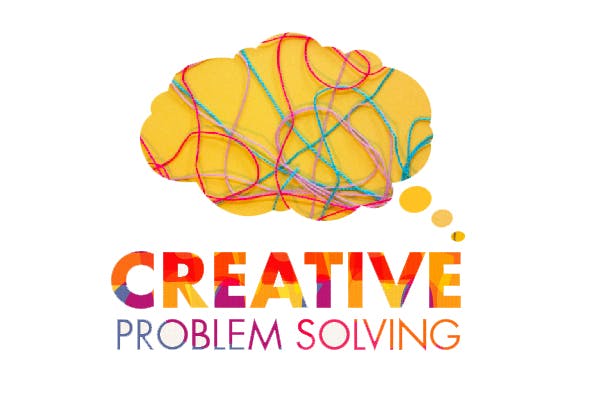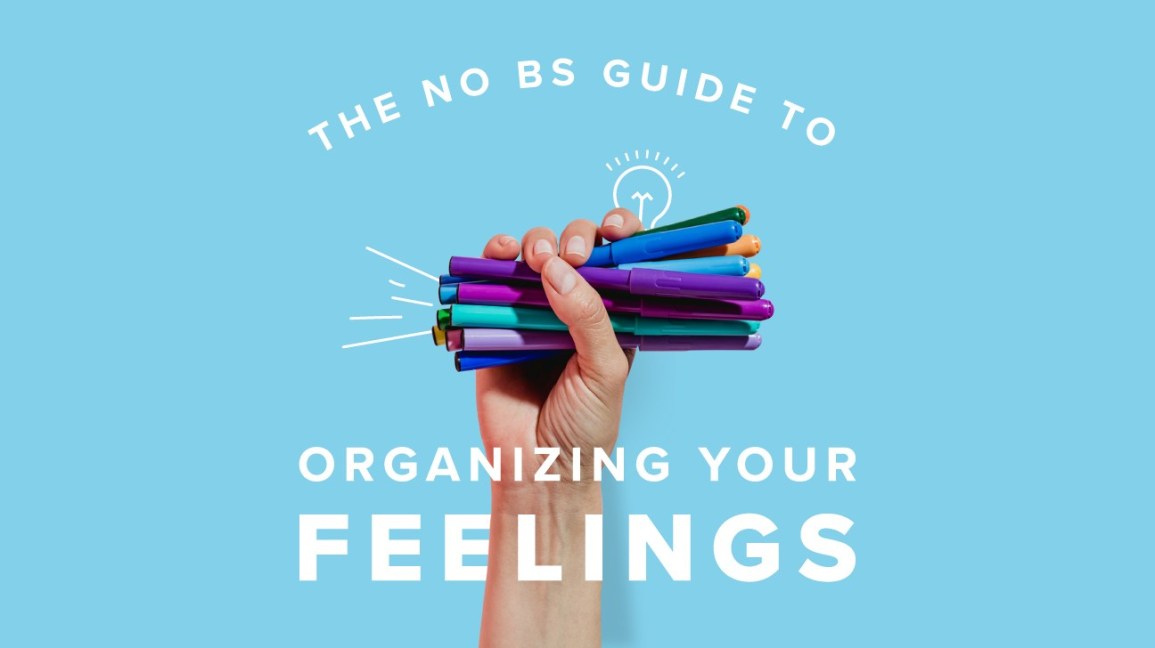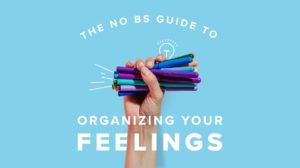
The Anatomy Of Excuses – And How They Keep You From What You Want
Everyone has tried to set a goal at one point in his or her life. Goals keep us motivated and on task when we are trying to achieve things in our lives. Occasionally, excuses sneak into the equation when we go about our lives trying to reach our goals.
What are some of the ways that excuses keep you from getting the things you want in life?
Stop You From Taking Responsibility
Excuses are a fantastic tool that our ego uses to help us not accept responsibility for our actions. Coaching Positive Performance notes that one of the keys to success is taking responsibility for your actions. When you make excuses, you are allowing yourself to avoid the responsibility of your actions. Here are the top excuses and how they allow you to avoid responsibility for your actions:
Not enough time: avoiding responsibility for not managing your time properly
It’s too difficult: not taking responsibility for learning the tools or skills necessary for the task
I don’t have the right skills: avoiding the responsibility of admitting you have failed the program properly or learn what is required to complete the goal
No one thinks it will work: this allows you to avoid admitting to yourself that you do not believe you will achieve your own goal
Now you can see how easy it is for an excuse to allow you to avoid taking responsibility for your own actions. Many people use excuses to protect their own ego instead of admitting where they had a falling short when trying to achieve a goal. Taking responsibility for her shortcomings as well as successes is the first step to getting what you want in life.
Stop You from Even Starting
One of the things that excuses do that many people don’t realize is they keep you from taking the first steps to achieving your goal. Excuses allow you to procrastinate. According to Lifehacker procrastination is basically another word for being lazy. Achieving goals and success requires hard work. Many times people don’t want to put in the work necessary to achieve the big goals in life. Excuses allow you to procrastinate if you don’t even start you never have to put in the work.
Procrastination also has a demoralizing effect. The longer you procrastinate on a task the worst you feel about getting it done. Procrastination has a snowball effect. The longer you avoid doing the dishes, the more dishes pile up. The cycle goes on and on until all you’re left with is a pile of dirty dishes and nothing to eat on. Excuses let you go out and buy paper plates instead of washing the dishes.
They Allow You to Stay Comfortable
Lead to Impact talks about how people want to stay comfortable. Once you are in a routine, the desire is to stay in that comfort zone. Setting a goal to achieve success requires us to get out of that comfort zone. No one likes to be uncomfortable.
Excuses allow you to stay in your comfort zone. Saying things such as, “I will start on Monday,” “there’s not enough money,” or “I can’t do it” make sure you to stay right where you are, comfortable but not satisfied.
Bottom Line
It’s very easy to let an excuse to rule your life. Excuses are our way of protecting our ego, enabling us to avoid responsibility and keeping us comfortable. It is much easier to say, “I didn’t have the time or money” than to admit you weren’t willing to prioritize or invest your efforts in the right ways.
Once you put excuses to the side and admit where you succeeded and where you fell short, your goals will be much easier to attain.
The longer you make excuses for not achieving your goals the longer you will remain exactly where you are, excuses allow you to go nowhere fast.
– Scott Blessing



















